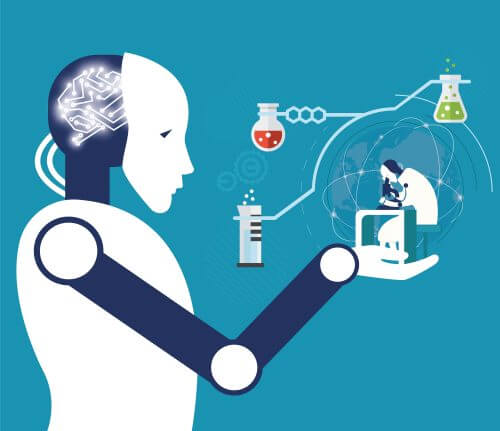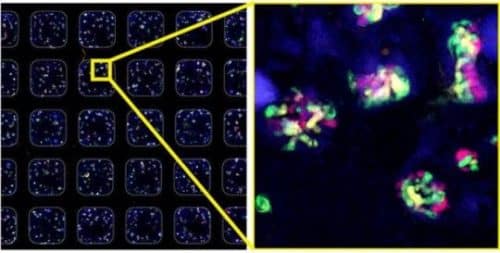In labs at the University of Washington, you can find robots growing mini-organs from human stem cells. This is a new automatic system capable of quickly and efficiently producing mini-organs - which will accelerate the science of biomedicine

Normally, when a researcher wants to test drugs or treatments on cells from a certain tissue - for example, a kidney - he first has to grow the cells in the laboratory in the Petri dish. But the cells grow on the bottom of the plate and form a thin two-dimensional tissue, which does not reflect what is happening in the complex three-dimensional tissue that exists in the body. In recent years, researchers have succeeded in causing stem cells to develop into three-dimensional structures that are more similar to those that exist in the body, and are known as mini-organs. Researchers are able to test different treatments on the mini-organs, and be more sure that they do indeed reflect what is happening in the living body. And who knows? It is quite possible that in the coming years we will also be able to start transplanting mini-organs into the living body, in order to compensate for damages that occurred in the muscles, kidneys and even the brain.
But there is one big problem: it takes a lot of time and human labor to produce mini-organs. You have to sow the cells in the petri dishes, change the medium (the liquid living environment that surrounds them) every day, monitor the plates and make sure they are not contaminated, and identify the stem cells that are beginning to differentiate into mini-organs. This is expensive and tedious work - and as such, it also harms research. Researchers who want, for example, to try to expose the mini-organs to hundreds of different chemical substances, first need to produce thousands of such mini-organs on their own in a short time - a task that is almost impossible to perform without making mistakes along the way.
This was the reason for the new study from the University of Washington, in which researchers demonstrated for the first time a fully automated system for growing mini-organs. The robots did, well, everything. They seeded the stem cells in plates with hundreds of bariums, and cultivated the cells in each barium for 21 days, until these became mini-organs simulating the activity of the kidneys. Each such plate contained thousands of mini-organs, and required a researcher's strenuous work throughout the day. The robot, on the other hand, did the job in twenty minutes - and did it without any special effort, without getting tired and without making mistakes.

This is not the end of the robots' work. Other researchers from the University of Michigan collaborated with the researchers from the University of Washington, and showed how another robotic system is able to go over the RNA sequences in the cells in order to identify the different types of cells in the mini-organs.
Such automation of research should allow researchers, as mentioned, to test many ideas easily on a huge number of mini-organs. It is not surprising, therefore, that even during the work with the automatic system, the researchers managed to discover a new way to increase the number of blood vessels in the mini-organs, in order to make them more similar to real kidneys. They also tried to expose the mini-organs to different substances and discovered that one of them - Lebistatin - caused damage to the kidneys in a mechanism of action that will begin to be studied now, and may provide us with important clues about various kidney diseases.
This is exactly why robotic development is so exciting: it allows us to accelerate the pace of scientific progress and perform larger, more reliable and more interesting experiments. Researchers who will use robots of this type will be able to produce results that previously required long years of experiments, or the joint action of laboratories around the world. These robotic systems show us that the rate of scientific progress does not remain the same, but continues to grow all the time. In fact, it is built upon itself, since any scientific and technological understanding and development will shorten the amount of time required to produce the following insights and developments.
The second exciting thing is that we are seeing here how scientific procedures with biomedical implications that used to cost a fortune are being automated so that they can be performed at ridiculous costs. Complex tissue engineering treatments today require hard work by researchers and human doctors, and all this work costs patients a lot of money for the treatment. Sooner or later we will succeed in automating these procedures - then we will also see a significant decrease in treatment costs. Of course, the drug companies will not lower the costs of the treatments immediately (in the end, they have to cover the costs of the research that led to the development of these treatments, and make some money along the way), but over time, the prices will drop and the treatments will become more efficient.
So once again, the future - also in the field of medicine - looks promising.
More of the topic in Hayadan:
